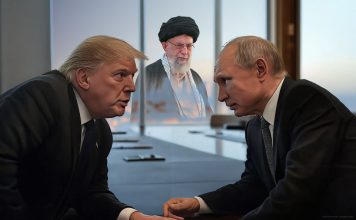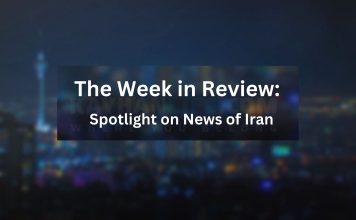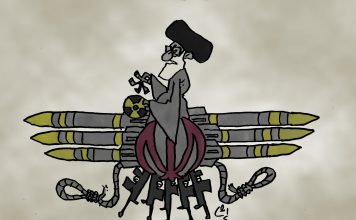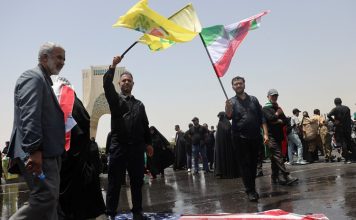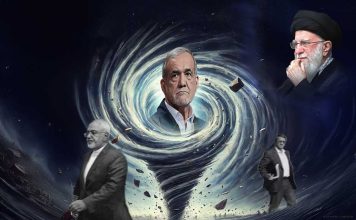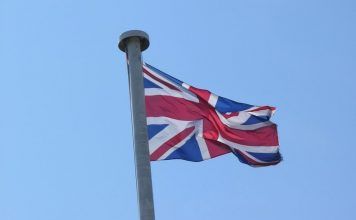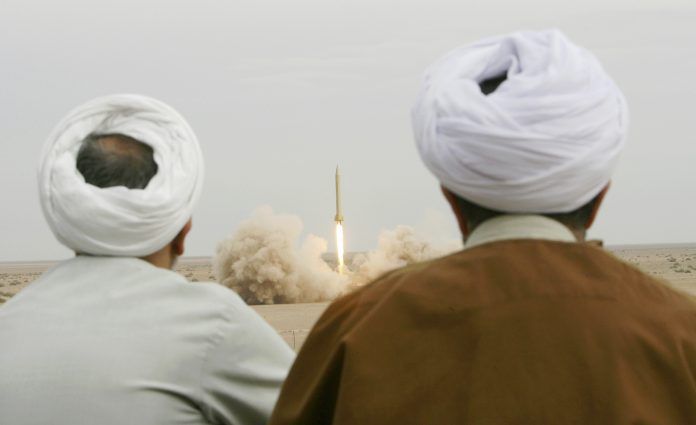
By Kayhan Life Staff
President Ebrahim Raisi submitted his government’s 2023-24 Budget Bill to the Majlis (Iranian Parliament) last week.
The government’s proposed budget calls for increasing funds allocated to religious and ideological institutions.
[aesop_image img=”https://kayhanlife.com/wp-content/uploads/2023/01/boodjeh.jpg” panorama=”off” credit=”KL./” align=”center” lightbox=”on” captionsrc=”custom” captionposition=”left” revealfx=”off” overlay_revealfx=”off”]
ANALYSIS – Iran Crackdown May Burnish Raisi’s Credentials for Top Job
EXCLUSIVE – U.N. Expert Backs Probe into Iran’s 1988 Killings, Raisi’s Role
The massive deficit in the current budget and the projected shortfall of the 2023-24 budget bill will worsen the country’s economic crisis.
President Raisi’s cabinet and the Majlis have clashed over the proposed budget.
According to some Majlis deputies, the government’s proposed budget bill is posting a deficit of $9.75 billion (based on an exchange rate of 41,000 tomans to one U.S. dollar).
The deficit could pose serious economic consequences in the closing months of this calendar year (the new Iranian year starts on March 21) and could impact the government’s 2023-24 budget bill.
One of the significant features of the 2023-24 budget bill is its increased funding for security forces which have played a crucial role in cracking down on the ongoing nationwide protests sparked by the death of Mahsa (Zhina) Amini, a 22-year-old woman who died while in the custody of the morality police on Sept. 16, in Tehran.
The significant increase in the funds earmarked in next year’s budget for Islamic propaganda, ideological centers, and religious institutions could stem from Iran’s Supreme Leader Ayatollah Ali Khamenei’s “explanation jihad,” which he believes would safeguard the Islamic Republic regime from collapse.
Prince Reza Pahlavi : ‘The Alternative to the Islamic Republic is the Iranian nation’
In a meeting with Iranian Air Force Commanders on Feb. 9, 2022, Mr. Khamenei warned against “media invasion,” “media aggression,” and “professional lies,” adding that an “explanation Jihad” was needed to combat “the media opposed to Islam.”
The funds earmarked for military and religious institutions in the government’s 2023-24 budget bill include:
- The Armed Forces Social Security Organization will receive $2.7 billion, comprising 74 percent of the funds earmarked for the Ministry of Defense and Armed Forces Logistics.
- The joint command of the Islamic Revolutionary Guards Corps (IRGC) is to receive nearly $3 billion.
- The Law Enforcement Command of The Islamic Republic of Iran (FARAJA) will receive $1.5 billion. Nearly 7 percent of the funds allocated to the force will strengthen its military structure, border security, and ideological and political institutions.
- The Foundation of Martyrs and Veterans Affairs will receive $1.76 billion, the second-highest amount after the IRGC. However, the organization needs to clarify how it plans to spend the money.
- The Seminaries Service Center (which supports seminary students and pays for their tuition) to receive $146.2 million.
- The Supreme Council of Qom Seminaries to receive $73.1 million, a 60 percent increase from the current budget.
- The Ministry of Culture and Islamic Guidance will receive $131.7 million.
- The Headquarters for the Promotion of Virtue and Prevention of Vice to receive $1.8 million, a 33 percent increase from the current budget.
- The Institution for Safeguarding the Sacred War Archives (the Iran-Iraq War between 1980 and 1988) to receive $10.5 million, a 159 percent increase from the current budget.
- The Institute for the Publication of Imam Khomeini’s Works to receive $2.4 million.
- The project to maintain Imam Khomeini’s Mausoleum will receive $878,000, a 71 percent increase from the current budget. The Khomeini Family oversees the funds allocated to the Institute for the Publication of Imam Khomeini’s Works and the project to maintain Imam Khomeini’s Mausoleum.
- The Computer Research Center for Islamic Sciences (Noor) funding will rise from $930,000 to $1.4 million. The institution oversees the operations of “The Hawzah news website,” “Noor Specialized Journal Website,” and “Noor Digital Library.”
- The Center for the Islamic-Iranian Model of Progress will receive $586,000, a 170 percent increase from the current budget.
The government annually increases its funding for the military, law enforcement forces, and religious and ideological institutions. However, how some organizations spend their allocated funds needs clarification.
Kayhan London recently reported that the government allocated $227 million to the country’s Prison Organization and $1.5 billion to the Islamic Republic of Iran Police Headquarters, showing a 63 percent and 44 percent increase, respectively.
The Islamic Republic has faced the most severe challenge to its rule since the start of the nationwide protest in September, which, through the Iranian people’s solidarity and resolve, has morphed into a “revolutionary movement.”
It is therefore not surprising that the regime has increased funding for its oppressive and propaganda apparatus, including the IRGC, the Islamic Republic of Iran Broadcasting (IRIB), and religious and ideological institutions to ensure its survival.
In a recent speech, Mr. Khamenei said that the “baton” — or, to put it bluntly, the armed suppression of protesters — does not work, and urged the government agencies to engage in “explanation jihad,” i.e., religious, and ideological propaganda. To achieve Khamenei’s vision, the government of President Raisi has increased funding to promote the “explanation jihad.”
Survey of 50,000 Iranians Finds Almost Half Are No Longer Religious
In the decade following the 1979 Revolution, the Islamic Republic controlled the flow of information inside the country. Despite its best efforts to block the internet and social media, the regime cannot stop people living in Iran from accessing Persian-language news outlets and social media messaging platforms operating abroad.
The regime has been in a media war with the opposition forces. Mr. Khamenei is convinced that the regime can indoctrinate the Iranian people, especially young people, through aggressive implementation of “explanation Jihad,” using state media and religious institutions, and stop the “revolutionary movement” that has been gaining strength since September.
Meanwhile, President Raisi’s economic team and the Majlis continue to fight over the proposed budget bill. Many believe the current year’s budget deficit will be added to the 2023-24 budget deficit, worsening the country’s economic crisis, and pushing more people into poverty.

